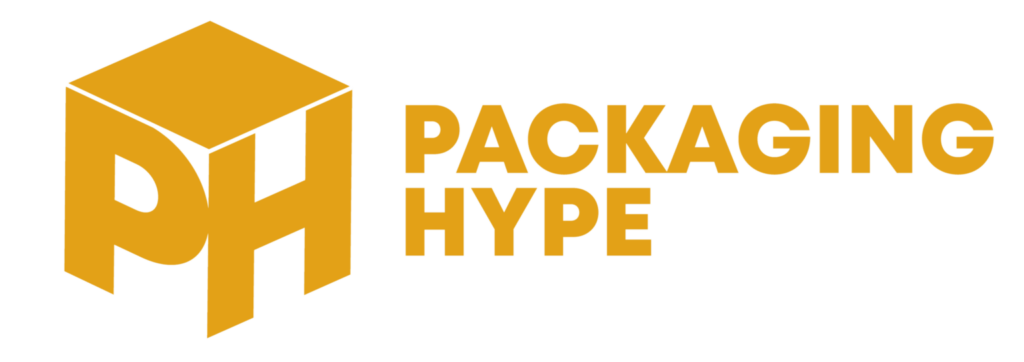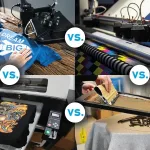What is a Dieline?
A dieline is a template used in the printing and packaging industries to ensure that a package’s design is laid out correctly before it is made in large quantities. In this case, the fold and cut lines of the box are shown on a flat diagram.
Who Makes the Dieline?
Typically, a dieline is made by packaging designers. In addition to traditional methods, die cutters and printers can be used to make them. Boxes aren’t the only packaging that makes use of dieline. Dieline allows precise cutting and folding to produce anything from a simple folder with pockets to complicated packaging.
Types of Dielines
All dieline has the following three-line types:
- A dotted perforation line
- A cutline
- A fold line
This die line is used to direct the printing machine in making the appropriate cuts and perforations for your package to be appropriately folded after printing. Since the printer gets these two “chunks” of information separately, the perforation lines and the cutting lines will print on distinct layers and in different colors. That way, the printer will know exactly what to cut out and what has to be folded.
The Best Way to Create a Dieline
These steps aren’t all taken at once; instead, the printer handles the performance step, and the cutter does the cutting.
You may be interested in learning how to make your dieline if you plan on making your packaging and have a novel idea in mind. At first, it may seem hard, but all you have to do is find a box or packaging that looks like the one you need. Start by flattening it out (you may ignore the tabs for now) so you can take accurate measurements. With the measures you take, you’ll be able to start making your dye lines.
It’s always a good idea to send the printing company a sample of the final design you want for the package. When the packaging is folded up, you can still see the labels.
Once you know how big something is, you can start planning for it. Adobe Illustrator is a popular choice for creating die lines in the printing industry, but many more robust programs are available. You can use your preferred graphic design tool if you already have experience with it.
How to Make Cutlines in Illustrator
No matter what program you used to make the art, you must take a few more steps to set up your dye lines correctly in Adobe Illustrator.
Even if you’ve made your artwork in another program, like InDesign, Illustrator will be able to open a flattened PDF of it. The next step is ensuring the document’s color mode is set to CMYK. Choose CMYK from the Color Mode menu under File.
Choose Window > Swatch Libraries > Color Books > Pantone Solid Coated from the Window menu to make a spot color swatch. Scroll down the Window of color swatches and click on a color to add it to the Window. Make a spot color swatch by selecting Window > Swatch Libraries > Color Books > Pantone Solid Coated. Scroll down the Window of color swatches and click on a color to add it to the swatches. Depending on its intended purpose, rename that color to Full Cut or Fold.
Reasons Why You Can’t Make Dieline in Photoshop
The final thing you produce must be vector graphics. Therefore, applications like Adobe Photoshop are not an option. Despite its seeming similarity to traditional artwork, Vector art is composed entirely of mathematical formulas and numbers that can be read by computers and printed with minimal effort. Vector graphics have the added benefit of being scaled without degradation in quality. With the same degree of detail as a sheet of paper, a pattern for a box the size of a building could be created.
If you make your dye lines, remember that the specs are the most crucial. You can’t just start making an Illustrator or InDesign file without first knowing the precise dimensions. If this is your first time making dye lines, printing a paper copy may also be helpful. Consider the possibility that the design has flaws. In that case, the manufacturing crew can find them here before moving forward.
Why Doesn’t Dieline Just Show That?
Regardless of the software you used to create the artwork, a few more steps are needed to set up your dye lines in Adobe Illustrator properly.
Even if you’ve made your artwork in another program, like InDesign, Illustrator will be able to open a flattened PDF of it. The following action is to confirm that the document’s color mode is set to CMYK. In the File menu, choose CMYK under Color Mode.
You may create a spot color swatch by choosing Window > Swatch Libraries > Color Books > Pantone Solid Coated. Click on a color to add it to the swatches by navigating the Window of color swatches.
Make a spot color swatch by selecting Window > Swatch Libraries > Color Books > Pantone Solid Coated. Scroll down the Window of color swatches and click on a color to add it to the swatches. Depending on its intended purpose, rename that color to Full Cut or Fold.
Conclusion
Naturally, it’s alright to feel discouraged when confronted with something as daunting as a dieline. You can learn the structure, make your own, or just put your ideas on paper (or a printer) and have a reputable manufacturer make them a reality. This way, you get the simplest but the best solution for your deadlines. An excellent reputable manufacturer can always make an exciting dieline matching your needs and requirements.







